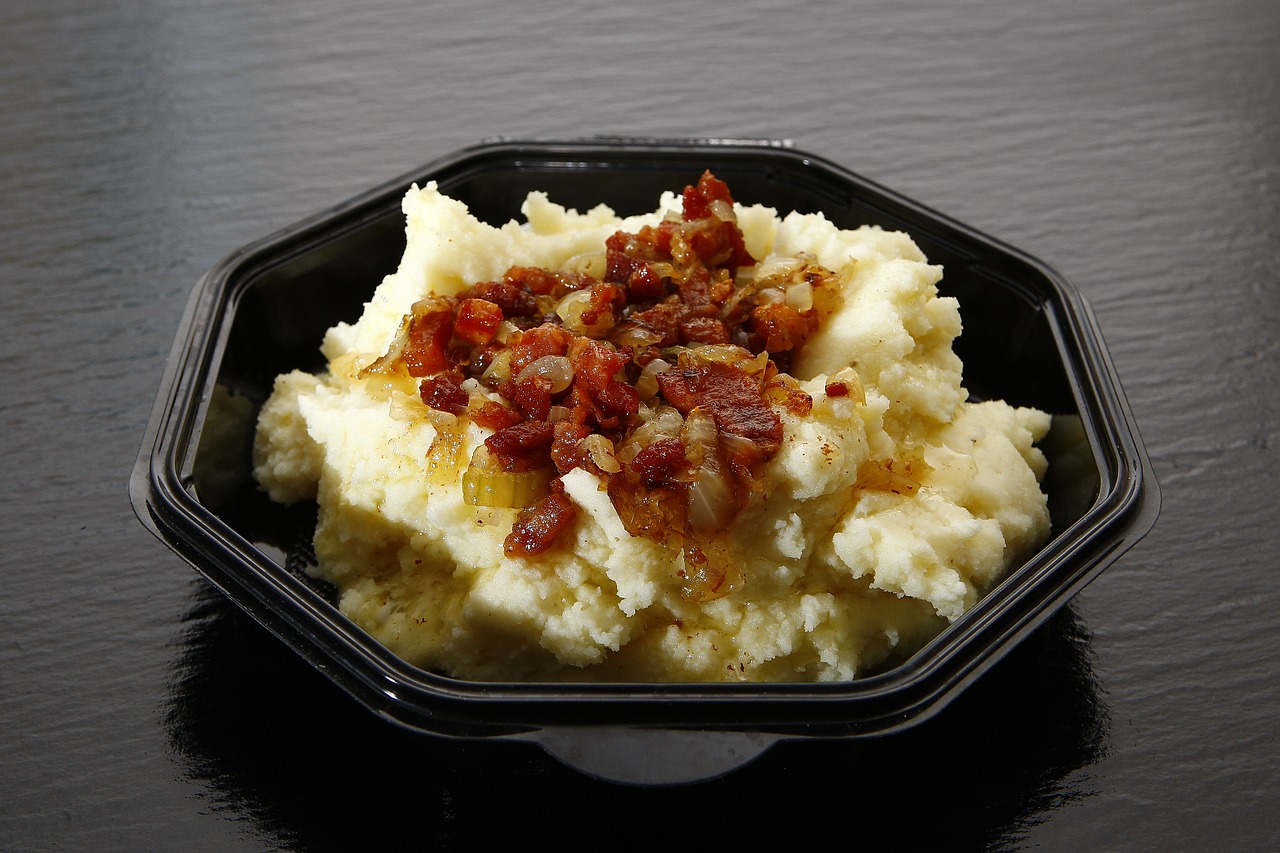Everyone loves good mashed potatoes, and everyone has their favorite version of this timeless comfort food. Whether you are into mashed potatoes with cream cheese, garlic mashed potatoes, we are sure that you have an idea of the best potatoes for mashed potatoes ever.
The best homemade mashed potatoes are often created with a combination of ingredients that are specific to cities and states. But which potatoes are considered ideal or best for mashing?
Picking Potatoes
The two best types of potatoes for mashed potatoes are russet potatoes and Yukon Gold. These two variants are naturally buttery, lend well to mashing, and are just ideal for the dish that we all love.
Mashed potatoes require potato variants that are naturally high in starch. This is something that you cannot adjust, even with the gravy. The potatoes have to be ideal from the get-go so that you will get the best results.
Using the right potato variant will also mean that you won’t have to use so much effort to turn the potatoes to mash, the natural flavors will remain intact.
On the other hand, waxy potatoes like red potatoes or white potatoes, they require more force and effort to turn to mash, and sometimes, too much mashing turns these potatoes to paste. Pasty potatoes are dense and are harder to eat, and the appearance is also less than ideal (remember that we eat with our eyes, too).
Perfect Mashed Potato Tips
The best-mashed potatoes are made with love and some special techniques. Let us share how the pros do it:
- Add salt to the water when you are boiling your potatoes. All vegetables absorb water when they are cooked, and this includes any mineral content in the water. Doing this season the potatoes early on, so you won’t have to do a lot of seasoning after mashing.
- Prepare potatoes in cold water. Dropping them in boiling water from the fridge can cause uneven cooking and heating, and this will affect the final quality of the mashed potatoes. Also, it would be wise to control the flame level, so you are gently simmering the potatoes instead of boiling them harshly.
Keeping the potatoes in hot water longer will ensure an even cook, which would also guarantee that the core of the potatoes won’t be chunky and hard.
We have all been there, and you know exactly what we mean when we talk about those hard to mash chunks. Having too many of them in your batch of mashed potatoes means you have undercooked your potatoes before mashing them. - After simmering the potatoes and getting them to soften to the level that is required for mashing, the next challenge is to drain them well.
Leaving them on the strainer is good, but sometimes you just need that extra application of heat to make sure that all the additional moisture is gone.
If you feel that your potatoes have been overcooked and are now soggy, placing them on a pan (no oil or anything) can help remove the excess moisture from the skin and the outer layer of the potatoes more quickly. Not draining your potatoes well can lead to watery mashed potatoes, and that is never good news. - Who doesn’t love butter? Butter is the heart of mashed potatoes. It just brings everything together in the end. However, many folks have been doing it wrong all this time. The ideal practice is to warm butter to room temperature before you add it to your mashed potatoes.
What we are after here is a higher level of absorption, which is only possible when the butter is no longer frozen. Also, room temperature butter will have a negligible effect on the mashed potatoes – your mashed potatoes will stay piping hot even when you start smothering the batch but butter. - Even starch molecules get tired. What we mean by this is you have to avoid overworking your mashed potatoes. Using a handheld masher is fine, but some people use a food processor because they are impatient with the process. Using too vigorous motions to mash potatoes can cause the release of additional starches from the potatoes. This means your batch of mashed potatoes is at risk of turning into potato paste. Mash your potatoes gently, and focus on introducing air into the mixture instead. The goal is to create fluffy spuds that the whole family will surely enjoy.
Types of Potatoes
Individual potato variants have specific properties that make them useful for different kinds of dishes. Here is a quick review:
- Russet potatoes are naturally starchy and are used for baking and mashing. Considered by many as the classic potato in American cooking.
- Jewel yams are not potatoes but are nonetheless useful in the kitchen for many dishes. Jewel yams can also be roasted, and its sweetness intensifies with the direct application of heat.
- The Japanese sweet potato is starchy and is often used for baking, mashing, and roasting. It is distinct for having a nutty flavor, in addition to the more common creamy flavor of most potatoes.
- The Hannah sweet potato is comparable to jewel yams, but they are considered sweeter. A starchy potato that may also be used for mashing and baking.
- The waxy Ross Fin apple is a type of fingerling potato. It has a naturally earthy flavor, which makes it ideal for many other kinds of dishes, not just for baking. May be added to salads and can even be prepared deep-fried or even grilled.
- The waxy Russian Banana potato gets its name from its yellow skin. It has a firm constitution and is used extensively in dishes that require roasted or steamed potatoes. It can also be used for delicious potato salads.
- The tiny Red Thumb potato looks precisely as it is named, and is a crowd favorite with chefs who like to experiment with their potatoes. It can be boiled or roasted.

